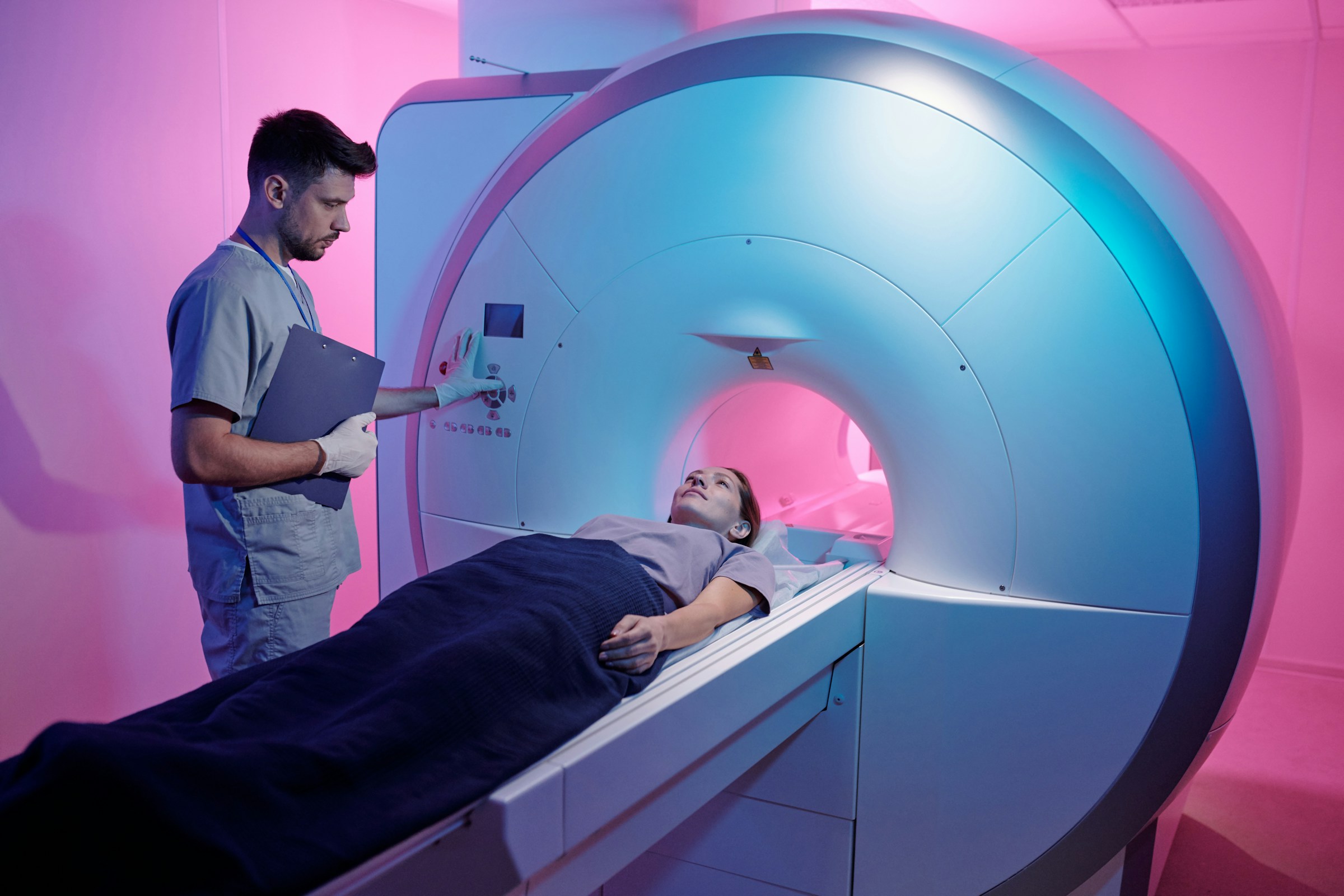Two FDA-approved Alzheimer’s drugs, Leqembi and Kisunla, can help slow the progression of early-stage disease. But with these treatments comes a side effect that often raises alarm: amyloid-related imaging abnormalities, or ARIA.
ARIA refers to brain swelling or small brain bleeds that can show up on MRI scans. In most cases, ARIA causes no symptoms and resolves on its own. But in rare cases, it can lead to serious and even life-threatening complications.
How common is ARIA?
ARIA tends to occur within the first few infusions of anti-amyloid therapy. Depending on the drug, between 13 and 35 percent of patients experience ARIA. Severe cases, however, remain rare, affecting only about one to 1.5 percent of patients.
Certain groups are at higher risk. People with two copies of ApoE4, a gene that raises the risk of Alzheimer’s, are about twice as likely to develop ARIA. In some regions where Leqembi and Kisunla are approved, like Europe, people with two copies of ApoE4 aren’t able to get the drug because of this risk.
Conditions like uncontrolled high blood pressure or other blood vessel problems in the brain may also increase ARIA risk for people on anti-amyloid therapies.
How doctors detect and manage ARIA
Neurologists follow strict safety guidelines when prescribing anti-amyloid therapies. Patients undergo regular brain scans to look for signs of ARIA, with extra scans for those at higher risk. If ARIA is detected, doctors pause treatment to give the brain time to recover.
So far, this careful monitoring seems to be working. In the real world, the rates of ARIA and serious side effects are still low, similar to what was seen in clinical trials. These real-world results could be attributed to two factors, according to Dr. Nicolas Villain, a neurologist at Sorbonne University in France. Neurologists, he told Being Patient, are carefully selecting patients who have the least risk of developing ARIA, and radiologists may have trouble detecting mild cases on MRI brain scans.
Looking ahead: Safer Alzheimer’s treatments
As more anti-amyloid drugs enter clinical trials, researchers are working on ways to predict and prevent ARIA. Genentech, for example, is testing whether blood tests could identify patients at risk before they start treatment. Others are studying the role of brain inflammation in ARIA, with hopes of designing new drugs to block the process altogether.
While these tools are still years away, experts are optimistic: Alzheimer’s therapies are evolving, and so is the science of making them safer.













